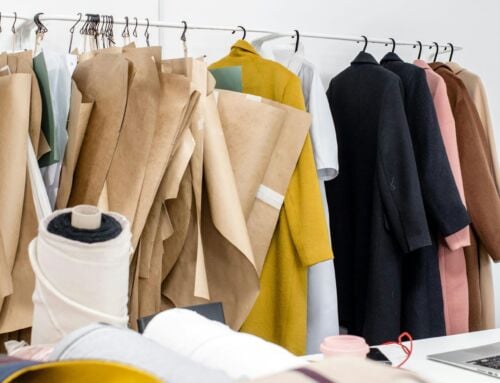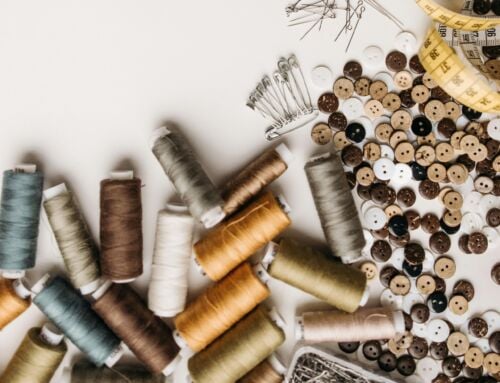What is the role of a stylist? What's the role of a pattern maker? Discover the differences between the professions and the missions of these two fashion experts.
What's the difference between styling and model making?
Creating a clothing collection, or being the driving force behind a textile project, requires a wide range of skills. Knowing the technical terms of the fashion industry, choosing the right fabrics to create your pieces, contacting the right partners to bring your ideas to life... All these steps require the intervention of a textile designer. fashion designer freelance or full-time. But is there a real difference between these two fashion professions? Do you need a model maker to design the clothes? A stylist to choose materials and colors?
Discover the various nuances of fashion design and the real difference between a stylist and a model maker.
All you need to know about the profession of stylist and its skills
The business of stylist is part of the applied arts (design) field. A person working as a stylist s role is to design a garment or an entire collection, selecting fabrics, shapes, materials and textures. She must think of the model as a whole, and create a real starting point, responding to the customer's aspirations and reflecting the customer's style.Brand DNA.
Her work begins with an analysis of the brand and a benchmark to identify the season's key trends. Following this research, the expert is ready to tell a story through her design.
This profession requires technical and analytical skills. To conceptualize a product, the stylist must be familiar with mounting, assembly, textile printing, finishing and sewing processes, as well as the technical aspects of fabrics.
To bring its ideas to fruition, the stylist technically designs the imagined models. This is often a computer drawing of the garment, detailing each element. This drawing is the basis of every collection. It is used to create the model's technical data sheet, which is then transmitted to the model maker.
This profession has a place of choice within a fashion house. But to get in, you need to accumulate as much experience as possible to be recognized in the industry. Designers work in styling offices or trends. They can also work as freelancers.
What are the main differences between a stylist and a patternmaker?
These two fashion professions are highly complementary.
The stylist directs the creation and design of a garment. She chooses the colors, textile patterns, fabrics and style of the model, which she presents in sketch form.
The model maker creates the garment pattern from the designer's drawing. She can also create prototypes and take care of the various elements needed to launch the collection into production.
In order to become stylist or model makerThe training courses taken may be slightly different.
A future stylist can follow a specialized training program after obtaining a BAC Pro in fashion and clothing. Training at BAC +3 or BAC +5 level specialized in art and design is ideal.
A future model-maker will start with a CAP (vocational training certificate) in fashion professions, and end with a BTS (higher technical diploma) or a specialized fashion certification.
It is possible for a stylist or a model maker If you want to become a fashion designer, you need to join a fashion school offering high-quality training to acquire all the necessary techniques. The Fashion Design & Business School ISAL PARIS, for example, offers a unique training program for these professions. Visit Bachelor of Fashion Creation and Design for example, is a comprehensive way of turning this professional project into reality.
When should you contact a stylist or patternmaker?
The stylist should be contacted at an early stage, since she's at the very beginning of the creative process. As soon as the customer has an idea of the desired product and its target audience, he or she should contact this professional. Some designers specialize in brand creation. In addition to imagining a collection, they help define the brand universe (values, identity, product offering, corporate mission).
The pattern maker, on the other hand, needs to work with the technical data sheet of the stylist to be able to imagine the desired product. So you need to have certain elements ready before proceeding with the model making.
It's essential to call on an experienced stylistthen to a model makercapable of working together to turn your ideas into reality.
If you, too, are ready to explore the world of fashion and textiles, it is important to follow a specialized training course in model making and fashion design. ISAL PARIS is open to all students wishing to succeed in the fashion and luxury industry.




